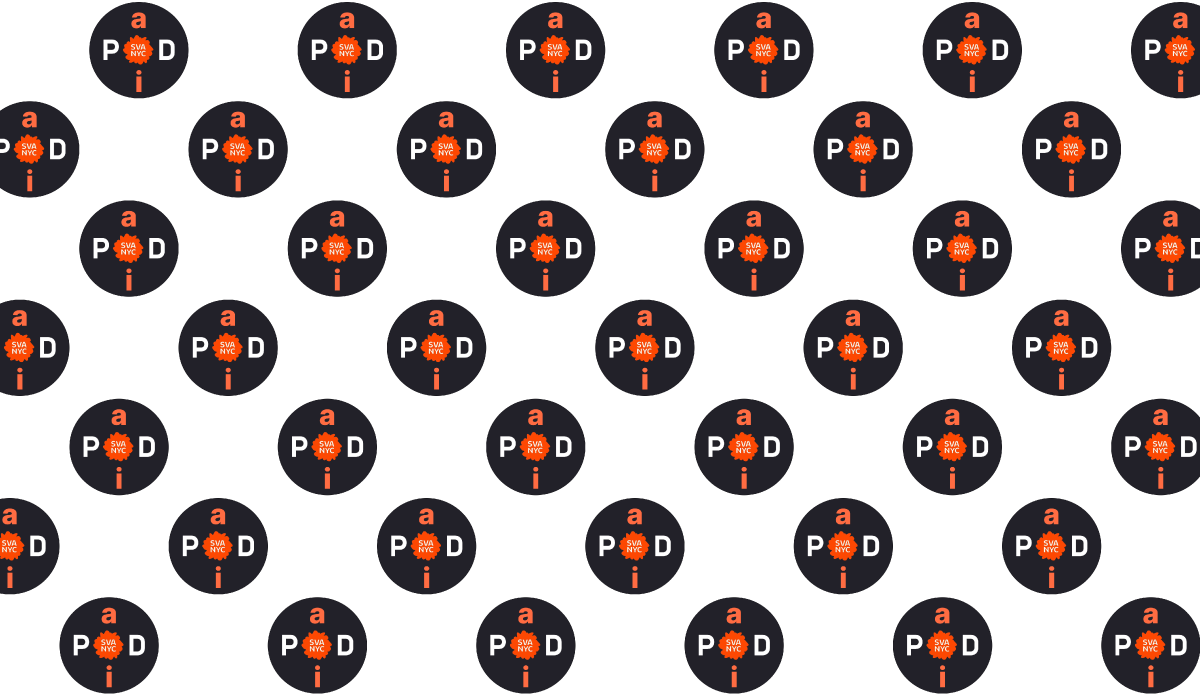Department Blog
Department news, events, and snapshots of student life at SVA in New York City.
Zoom Info Sessions on December 11th!
〰️
Zoom Info Sessions on December 11th! 〰️
Featured Posts
All Blog Posts
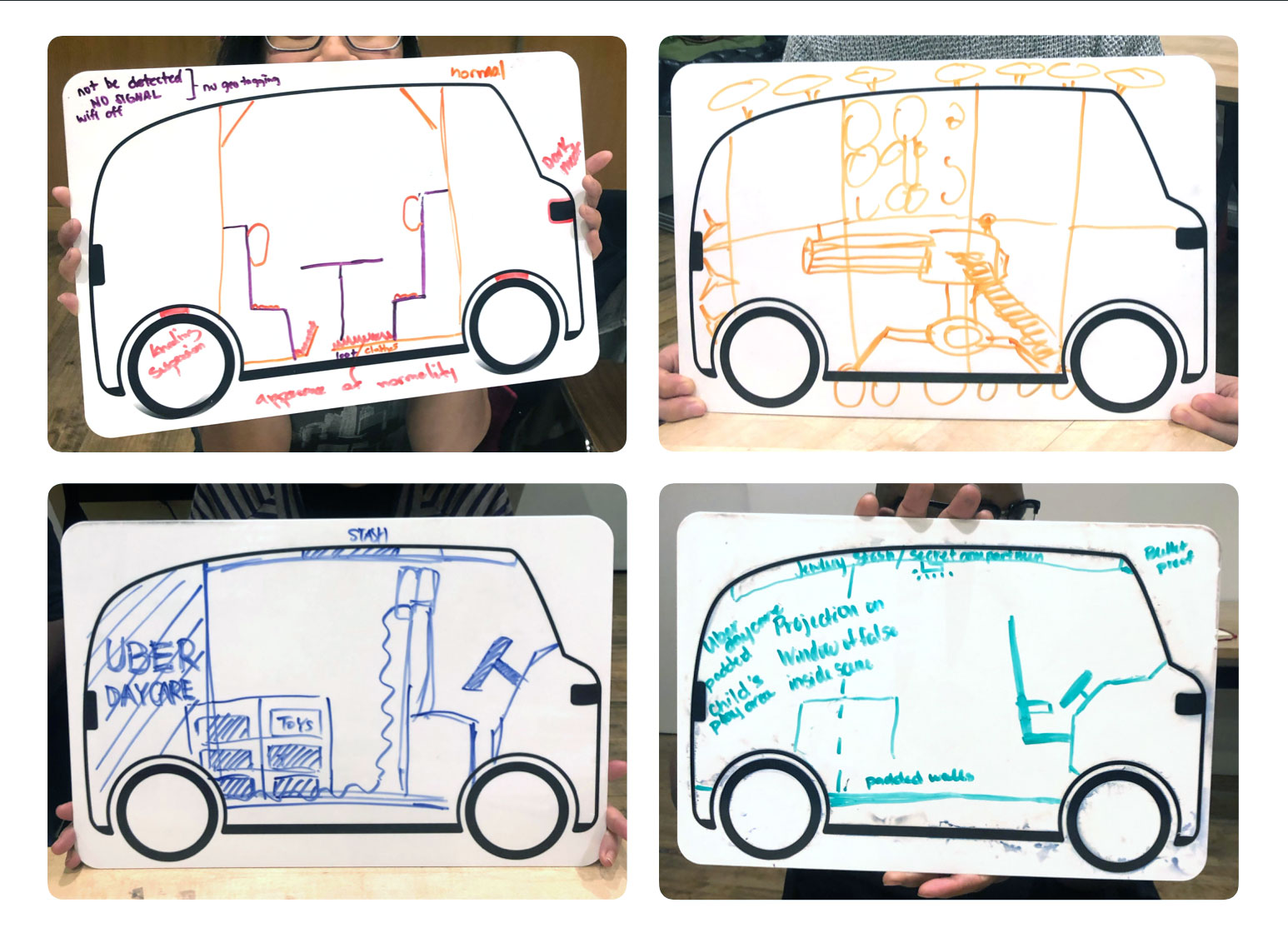
DENSITY IS DESTINY: Designs for Shared Experience in the Coming Age of Autonomous Vehicles
In his thesis, Density is Destiny: Designs for Shared Experience in the Coming Age of Autonomous Vehicles, André Orta envisions a future of optimized ride-sharing, where increasing the density of passengers per vehicle not only alleviates systemic issues like traffic, but also enables new community spaces to flourish inside the driverless, shared vehicles of the near future.
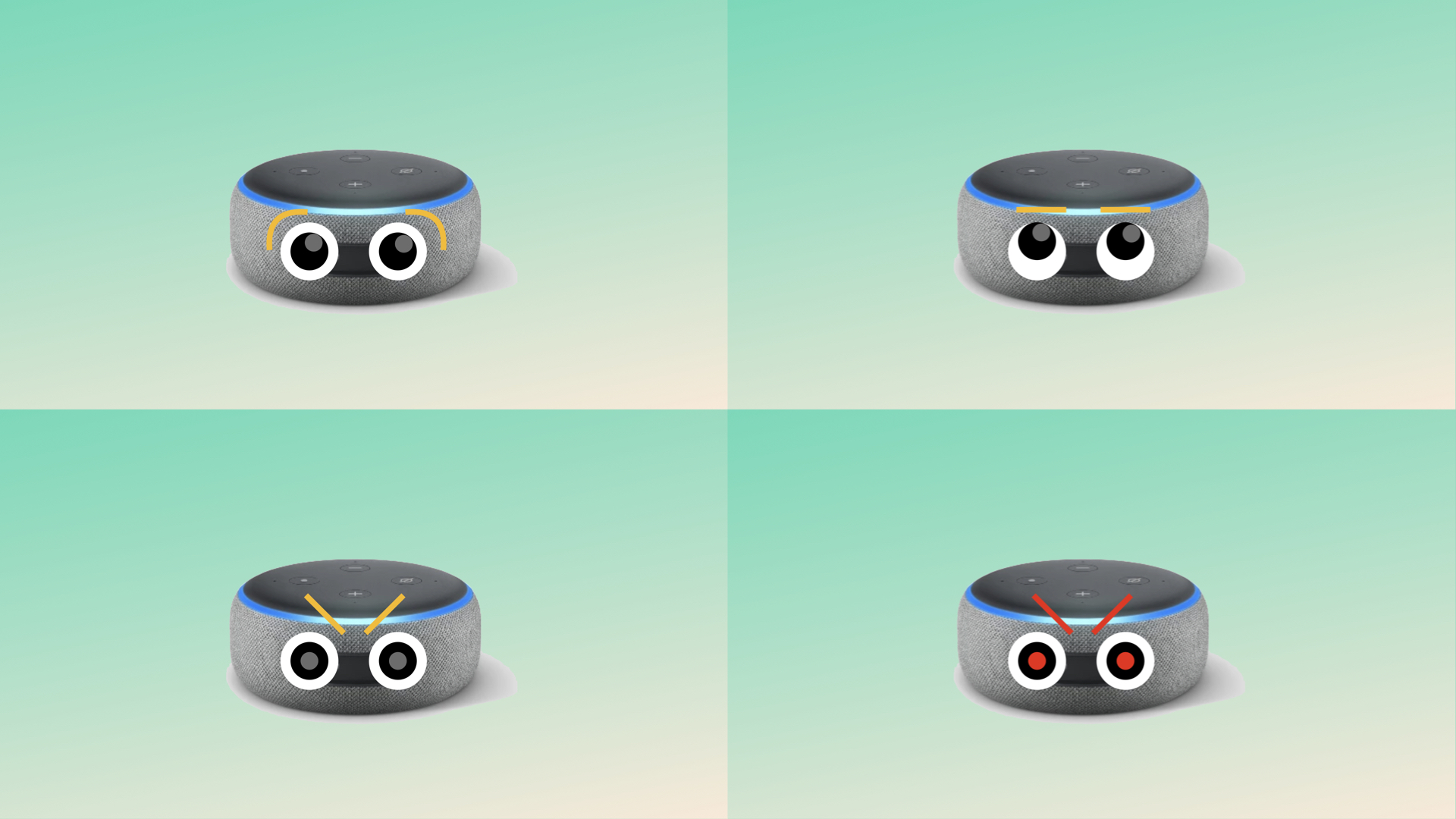
ALEXA, HELP ME BE A BETTER HUMAN: Redesigning Conversational Artificial Intelligence for Emotional Connection
Evie Cheung’s thesis, Alexa, Help Me Be A Better Human: Redesigning Conversational Artificial Intelligence for Emotional Connection, interrogates the status quo of the artificial intelligence (AI) space, and suggests pathways to use intersectional thinking to imagine new applications for the technology. Her thesis intends to help people connect with themselves and with other humans, through interventions that use conversational AI and natural language processing.

ATTAINABLE: Designing for Academic Engagement Through Sports and Exercise
Micah’s thesis, Attainable: Designing for Academic Engagement Through Sports and Exercise, uses methodologies from sports and exercise as a design toolkit to encourage academic engagement in students. Micah designed interventions that provide students with increased focus, communal support, and career opportunities.
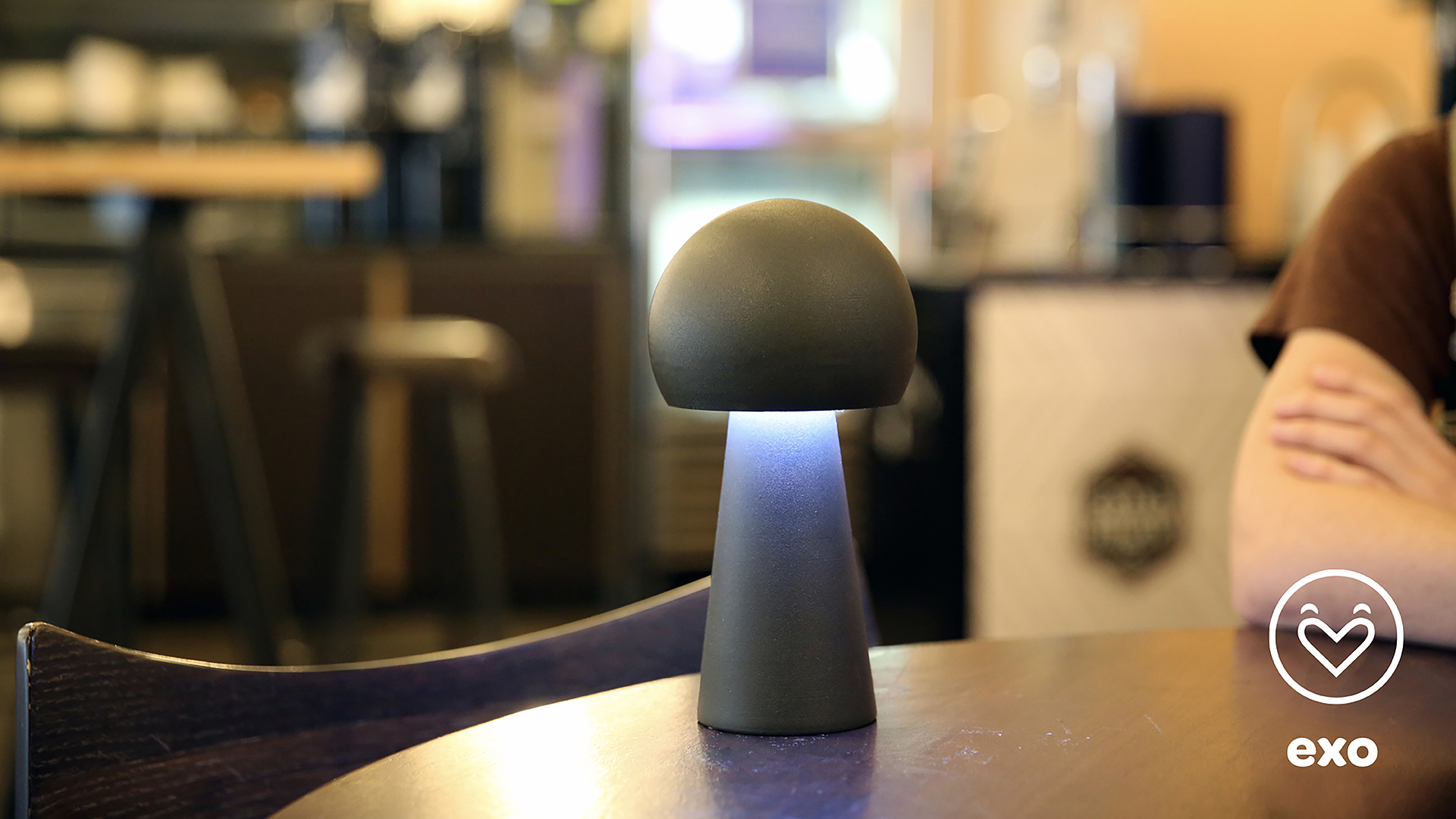
PUBLIC SPEAKING ANXIETY: The Environments That Make or Break Us
As someone who has suffered from public speaking anxiety her whole life, Eugenia Ramos decided to face her fear and treat her condition as a case study and a personal challenge for her thesis, Public Speaking Anxiety: The Environments That Make or Break Us. She designed a set of tools that help people improve their communication skills, overcome the anxiety caused by public speaking.

THE AHA MOVEMENT: The Creative Process at Work
For Ellen Rose’s thesis, The Aha Movement: The Creative Process at Work, Ellen delved into an exploration of how design might be used to foster a team’s collective creative practice. She saw an opportunity to design products and services that cultivate creativity in the workplace based on the fundaments of trust, resilience and the chance for coincidence.
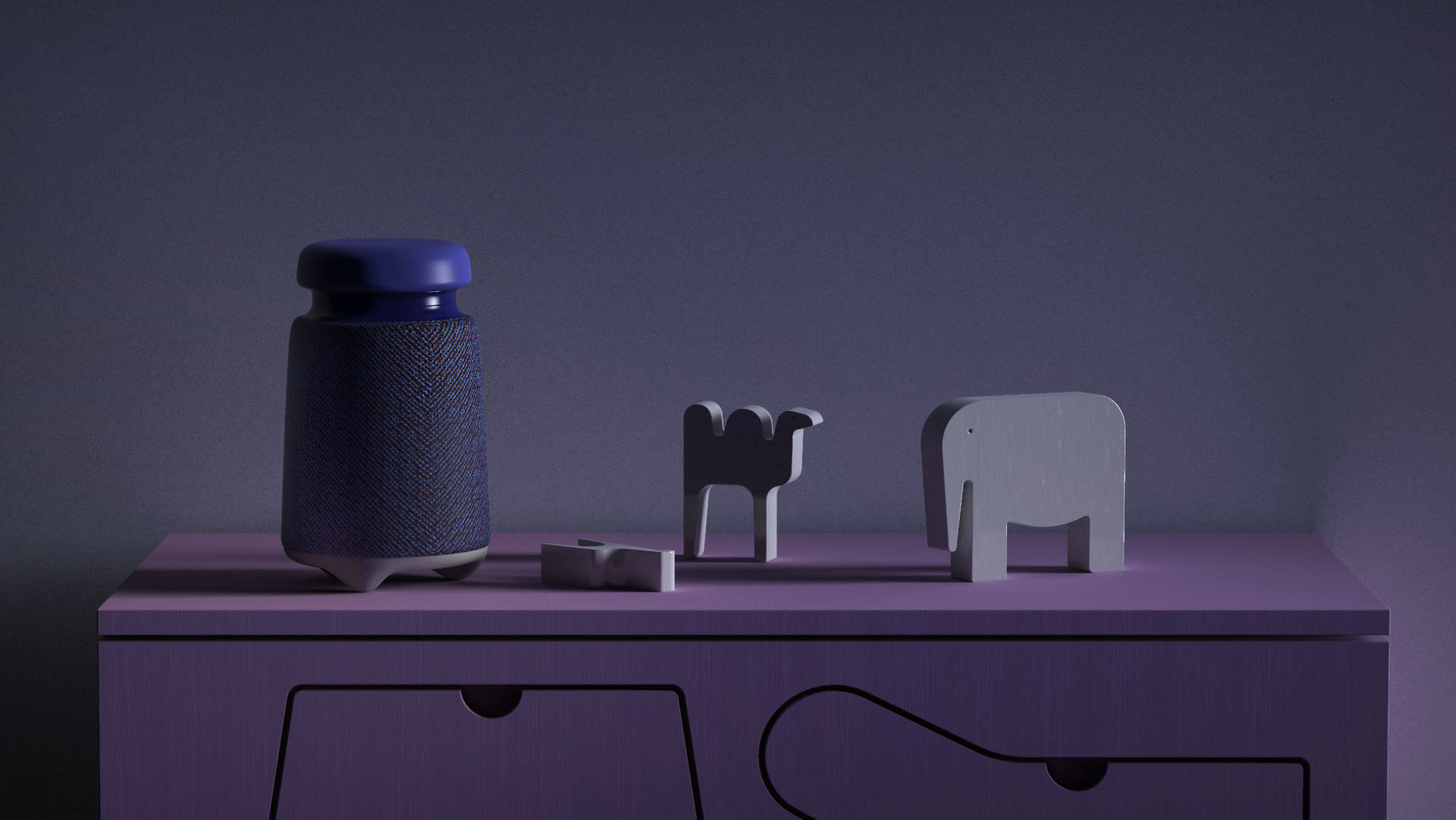
CLOSER KIN: Building Stronger Family Environments By Design
In his thesis, Closer Kin: Building Stronger Family Environments by Design, Kevin Cook explores how children’s outcomes could be improved by strengthening family relationships. Kevin argues that for children facing adversity, products promoting positive socio-emotional validation in the home could make children more resilient, allow space for healthier development, and ultimately reduce future inequalities.

TEAMBUILDING AMERICA: A Declaration of Interdependence
For Hannah Rudin’s thesis, Teambuilding America: A Declaration of Interdependence, she set out to tackle the issue of political polarization in America. Using the strategies of contact, action, and future-building, Hannah designs interventions meant to bridge political divides and address polarization within society at large, as well as within the workplace and between family members.
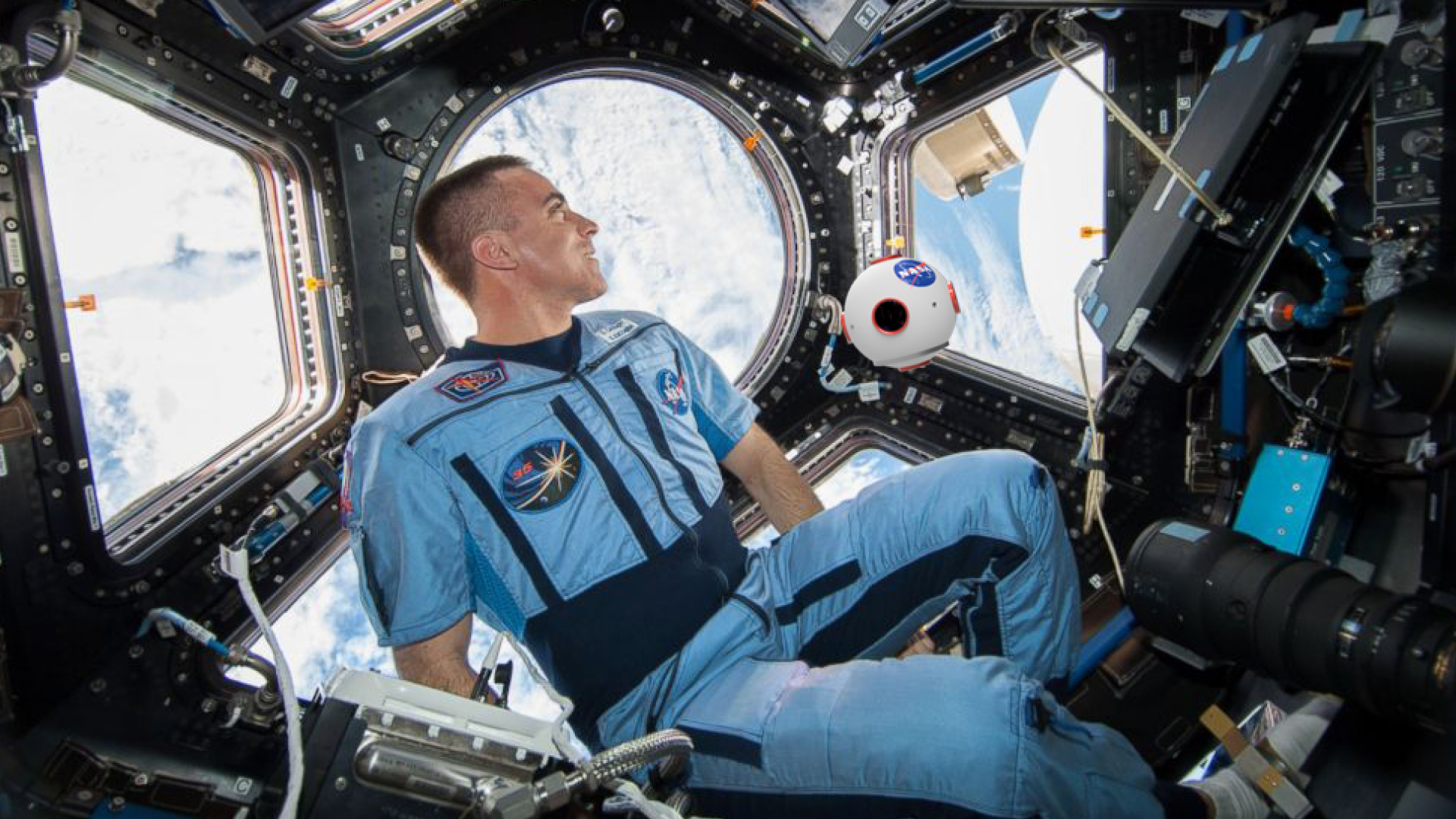
THERE AND NEVER BACK AGAIN: Design in the Next Age of Space Exploration
For his thesis, There and Never Back Again: Design in the Next Age of Space Exploration, John Boran Jr. designed for “a future that is still far enough to be exciting, but close enough to design for: going to Mars.” John designed practical tools as well as products that addressed the emotional wellbeing of travelers to, and inhabitants of, Mars.
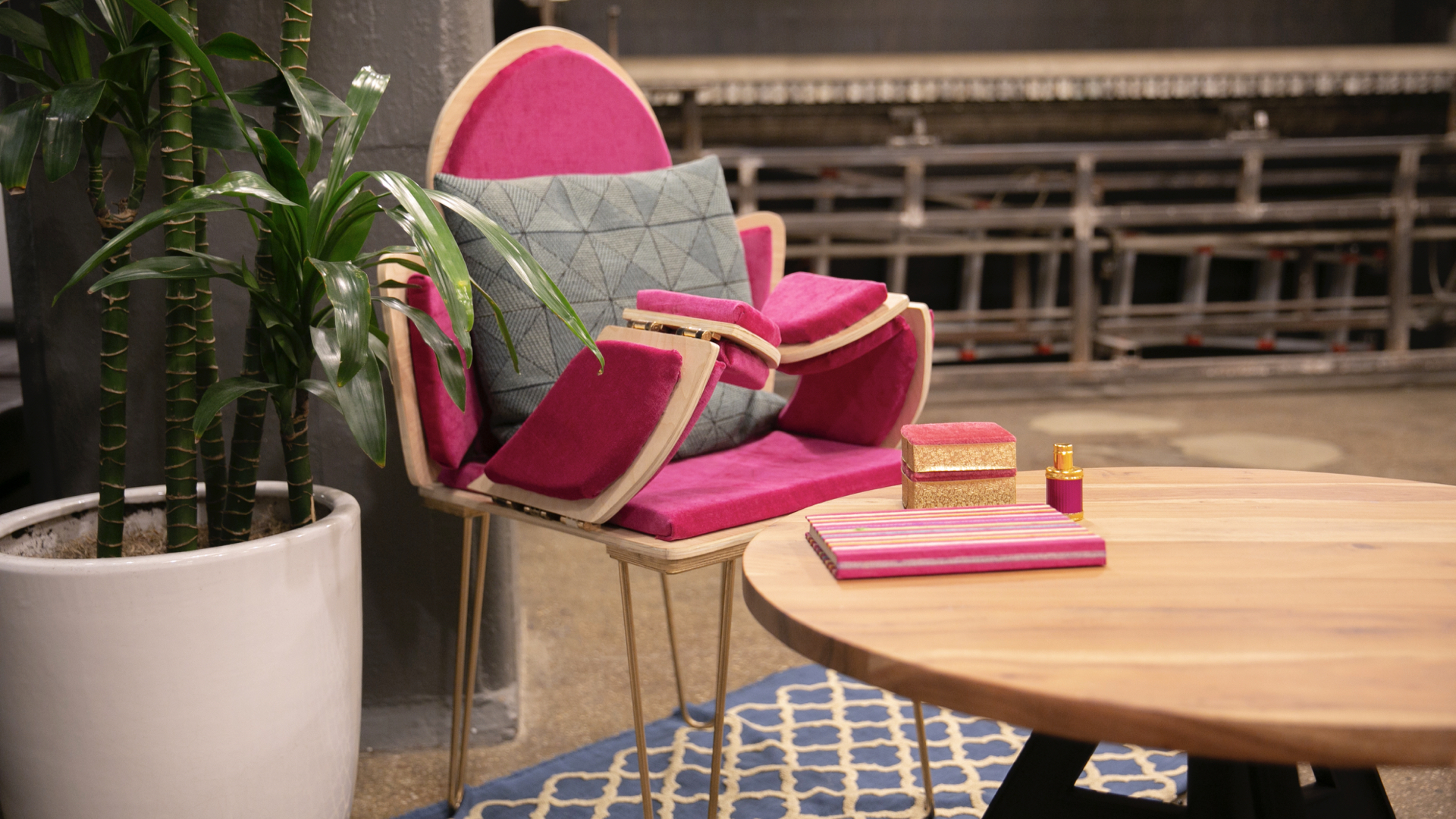
HYSTERICAL WOMEN: Designing Experiences to Counter the Current Gaslighting Healthcare System
Through her thesis, Hysterical Women: Designing Experiences to Counter the Current Gaslighting Healthcare System, Rhea Bhandari aims to elevate the healthcare experience of women by designing more efficient and empathetic diagnostic and treatment strategies, and providing women with new tools with which to track and communicate their symptoms.


